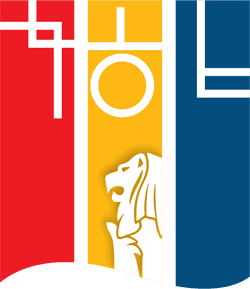Formal Korean for the TOPIK test
In a previous post, we delved into the nuances of using formal Korean endings (기사체) for the TOPIK Test. It’s common in Korean to differentiate between the spellings of words with identical meanings based on their usage in spoken versus written forms. For example, terms denoting “with someone” like “이랑/하고” and “와/과” vary between conversational and written contexts.
When engaging in daily conversation, one might say “친구랑 얘기해요” or “친구하고 얘기해요” to express
“I am talking with my friend.” However, for formal writing, such as in the TOPIK Test, “친구와 이야기한다” is more suitable.
Spoken Korean is referred to as 구어체, while the written form is known as 문어체.
For those preparing for the TOPIK Test, it’s advisable to steer clear of spoken forms (구어체) and lean towards written forms (문어체) to enhance your score. This recommendation isn’t just about adhering to test standards but also about embracing a style of communication that’s respected in formal Korean writing.
To conclude today’s post, we will introduce a table showcasing a few examples of the differences between spoken (구어체) and written Korean (문어체). This will round off our exploration for today.

There are more posts on writing tips for the TOPIK test.
- Understanding and Utilizing Formal Korean (문어체) for the TOPIK TestGeneral
- Succeed in TOPIK II: Expert Writing Tips from Seoul Korean Language CentreGeneral
- How to make Korean letters with consonants and vowels Part2General
- How to sound your Chinese name in Korean?General
 How to make Korean letters with consonants and vowelsGeneral
How to make Korean letters with consonants and vowelsGeneral How to write 7 basic Korean consonantsGeneral
How to write 7 basic Korean consonantsGeneral 6 Basic Korean vowels and their soundsGeneral
6 Basic Korean vowels and their soundsGeneral 7 Basic Korean Consonants and their soundGeneral
7 Basic Korean Consonants and their soundGeneral Korean Letter Table – Online PracticeGeneral
Korean Letter Table – Online PracticeGeneral King Sejong’s Korean Alphabet HangulGeneral
King Sejong’s Korean Alphabet HangulGeneral



0 responses on "Understanding and Utilizing Formal Korean (문어체) for the TOPIK Test"